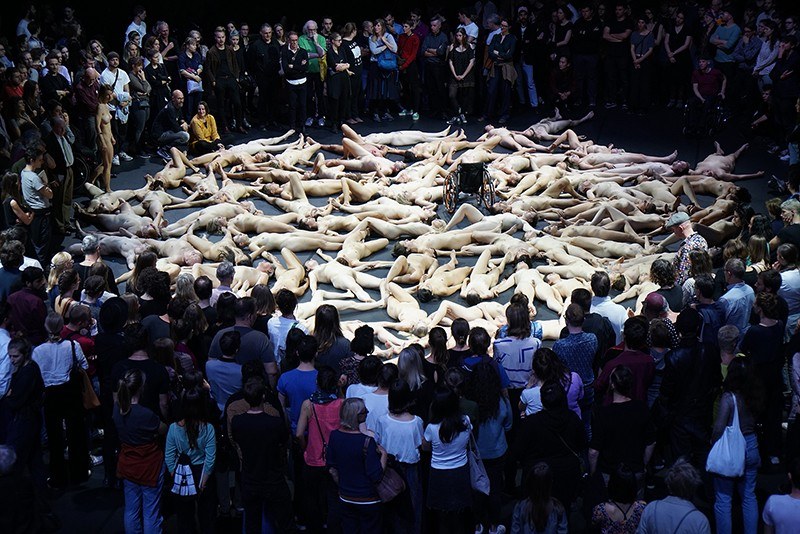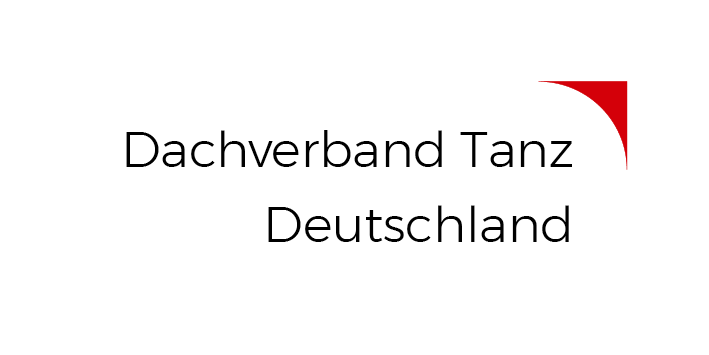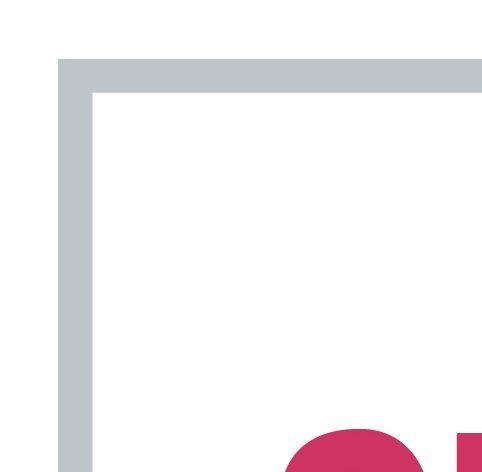Power relation performer & audience
August to December 2021
The trend towards shared performance spaces away from the classical stage setting often creates an immediate encounter between audience and performer. These days, anything is possible. To what extent do the traditional roles of audience and dancers still determine their relationship?
To what extent have inner attitudes already shifted? In her research, Freiburg-based choreographer & dancer Julia Klockow addresses the tension between hierarchical power moments in performative situations.
As artists we always bear a high responsibility for the worlds we create. Julia Klockow assumes that spectators and performers are equally involved in her aesthetic experience, albeit in different roles. When they influence each other in the force field of attention, it is a fundamentally powerful condition. A performative situation is also a social situation: open and inviting, or (im)setting and invasive.
The classically defined roles of stage understanding demand that the performers give their all. With which mental attitude do the spectators participate in the action? Who is powerful, who is empowered and for what? Is someone even disempowered? In which situation do we put our spectators and the dancers?
In the interactive 1:1 performance "taskx" on 4m2 (Performer: Klockow, Feb. 2020, adaptation "taskxy" Sep. 2020, 19m2) Klockow clearly perceived hierarchical power moments in the relationship between performers and participants. Since then, this question of power relations has also been present for her in the stage space.
In her research, Klockow goes in search of plays and artists who consciously reflect moments of power through their stage settings. When possible, she will make personal contact with the artists.
Research will include:
1. which stage plays or interactive performance settings consciously reflect the hierarchical relationship between performer and audience?
2. analysis of what dramaturgy/relationship between performer and audience emerges for each work.
3. interviews with artists of the researched pieces/works:
- What is their intention, their drive to engage with it?
- Why did they choose exactly this form of realization?
4. sharing the research via juliaklockow.com and social media channels of tanznetz|freiburg to make the information accessible for the Freiburg dance scene and on the internet.
5. public exchange with the Freiburg dance scene.
DORIS UHLICH
"Movement has the potential to be seismic. It can spread and be contagious in its energy."
THE INTERVIEW

Habitat/ Halle E by Doris Uhlich. Foto by Teresa Rauter.
MELANIE LOPEZ
"First of all the people have the power to decide, if they want to come and watch a piece."
THE INTERVIEW
Funded by the Federal Government Commissioner for Culture and the Media in the NEUSTART KULTUR programme, DIS-TANZEN aid programme of the Dachverband Tanz Deutschland.


